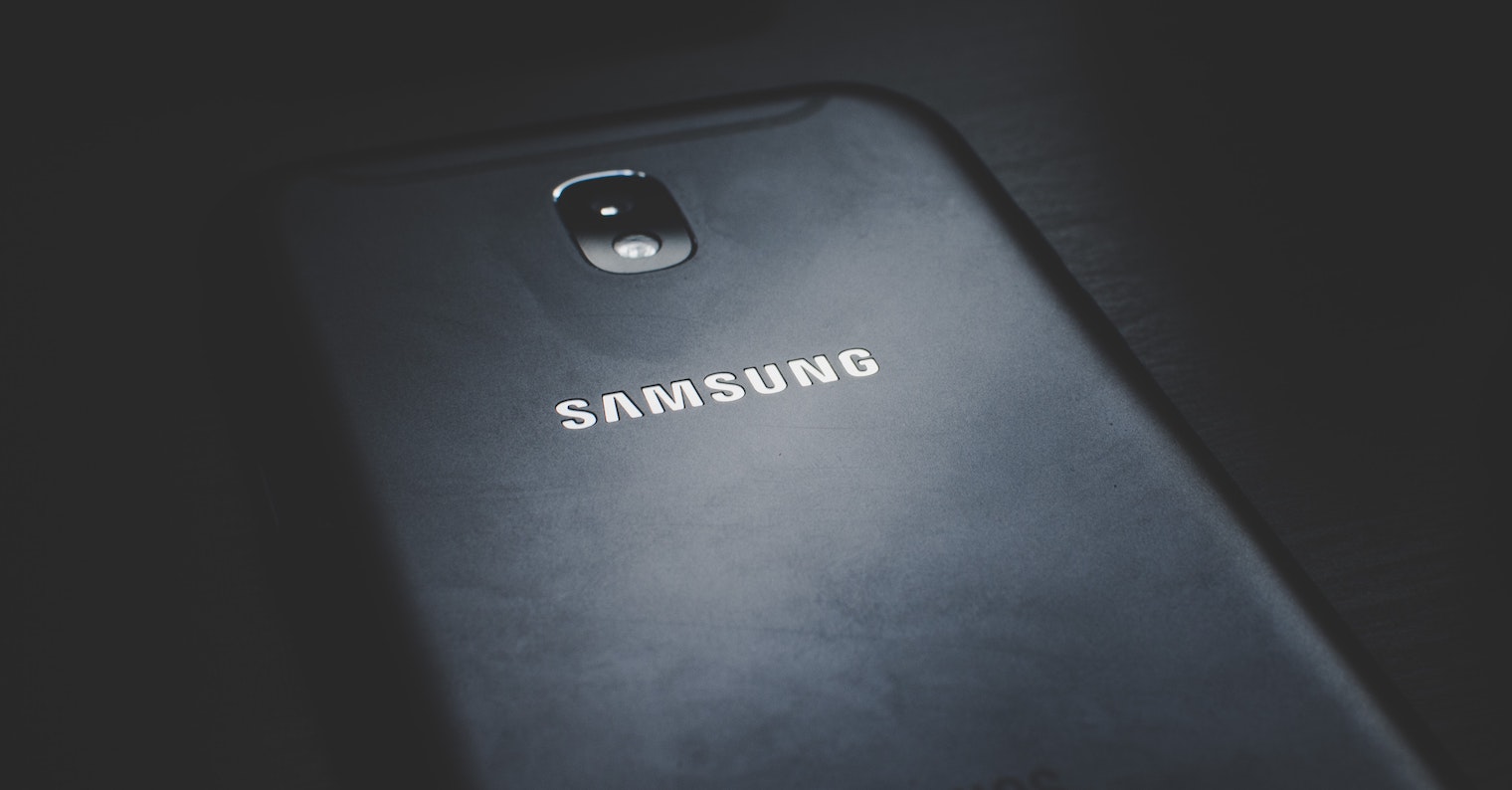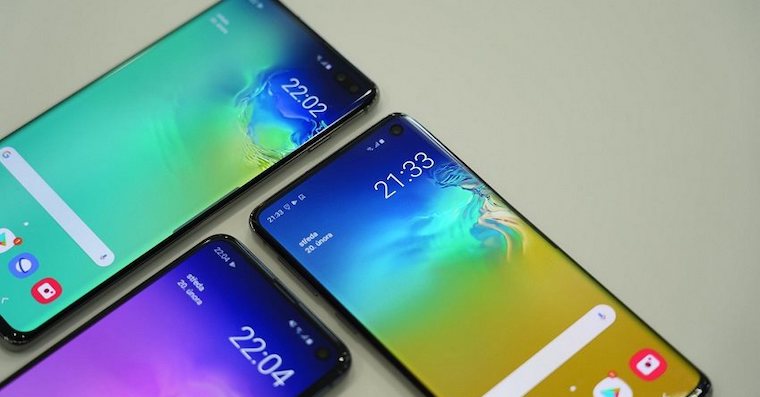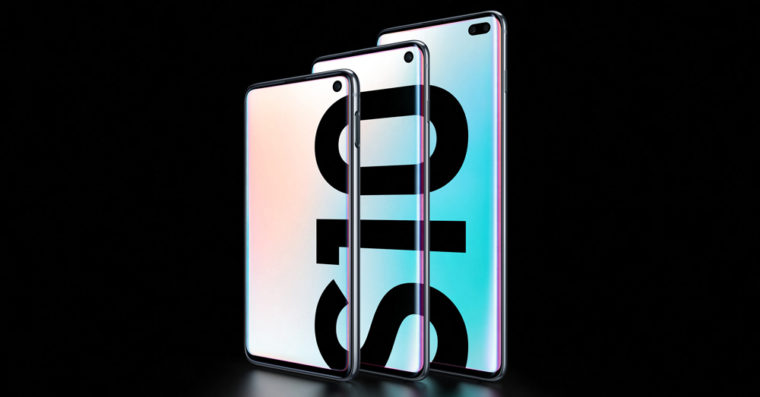Every kind of software – mobile included – is vulnerable to vulnerabilities and security flaws. This also applies to the operating system Android, which often becomes the target of all possible attacks. These can endanger your valuable data and sensitive data and cause a lot of inconvenience. Google takes user security very seriously and regularly releases security patches for OS smartphone owners Android.
The most important smartphone manufacturer with Androidem is a Samsung company. Most of the software updates are released for its devices on a monthly basis. In addition to major software updates, Samsung also releases partial updates for smartphones and tablets of the series Galaxy. However, releasing updates for all devices every month is practically a superhuman task, which is why Samsung prefers quarterly updates for some products.
Flagships usually get monthly regular updates, while cheaper series usually have to wait a bit longer for an update. But it is not a rule. For example, the software of some devices is updated monthly during the first year or two after their release, and then the company switches to quarterly updates, for other devices - usually those that are older than three years - there are only bump updates when a critical error occurs. What does the usual schedule of updates look like for individual Samsung devices?
Devices with a monthly update frequency:
- Galaxy S7 Active, Galaxy S8, Galaxy S8 +, Galaxy S8 Active
- Galaxy S9, Galaxy S9 +, Galaxy S10, Galaxy S10 +, Galaxy S10e
- Galaxy Notes 8, Galaxy Notes 9
- Galaxy A5 (2017), Galaxy A8 (2018)
Devices with a quarterly update frequency:
- Galaxy S7, Galaxy S7 edge, Galaxy S8 Lite, Galaxy Notes FE
- Galaxy A5 (2016), Galaxy A6, Galaxy A6+, Galaxy A7 (2018)
- Galaxy A8+ (2018), Galaxy A8 Star, Galaxy A8S, Galaxy A9 (2018)
- Galaxy A2 Core, Galaxy A10, Galaxy A20, Galaxy A20e, Galaxy A30, Galaxy A40, Galaxy A50, Galaxy A60, Galaxy A70
- Galaxy J2 (2018), Galaxy J2 Core, Galaxy J3 (2017), Galaxy J3 Top
- Galaxy J4, Galaxy J4+, Galaxy J4 Core, Galaxy J5 (2017), Galaxy J6, Galaxy J6 +
- Galaxy J7 (2017), Galaxy J7 Duo, Galaxy J7 Max, Galaxy J7 Neo, Galaxy J7 Top, Galaxy J7 Prime 2, Galaxy J7+, Galaxy J8
- Galaxy M10, Galaxy M20, Galaxy M30
- Galaxy Tab A (2017), Galaxy Tab A 10.5 (2018), Galaxy Tab A 10.1 (2019), Galaxy Tab A 8 Plus (2019), Galaxy Tab Active 2
- Galaxy Tab S4, Galaxy Tab S5e, Galaxy Tab E 8 Refresh, Galaxy View 2
Devices with irregular update frequency (update when needed):
- Galaxy A3 (2016), Galaxy A3 (2017), Galaxy A7 (2017)
- Galaxy J3 Pop, Galaxy J5 (2016), Galaxy J5 Prime, Galaxy J7 (2016), Galaxy J7 Prime, Galaxy J7 Pop
- Galaxy Tab A 10.1 (2016), Galaxy Tab S2 L Refresh, Galaxy Tab S2 S Refresh, Galaxy Tab S3
Unfortunately, not even Samsung can guarantee that all users will receive their updates with iron regularity. Security updates may be slightly delayed in some regions, and often delays occur because Samsung is working on a new version of the operating system or a major update with new features. In some areas, the release of updates is influenced to some extent by the operators. However, in the first two years after the release of the given device, you can usually count on monthly updates, the interval of which is extended to a three-month period after a certain period.
How satisfied are you with the frequency of updates to your device?







